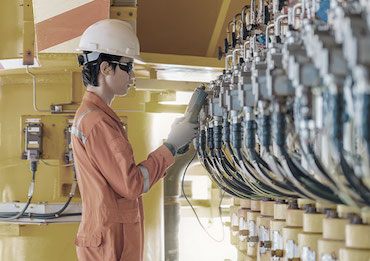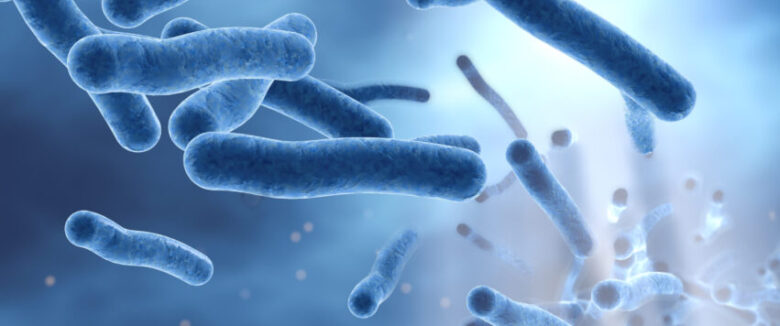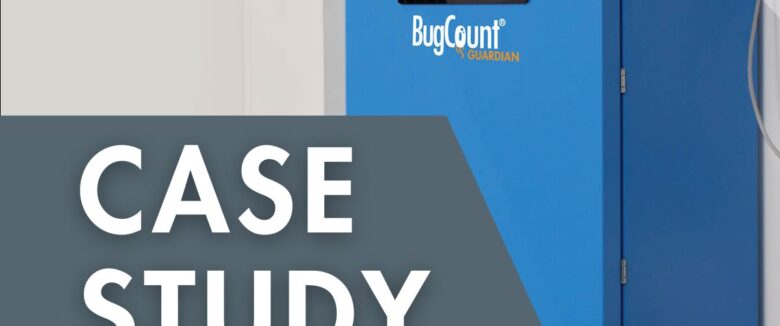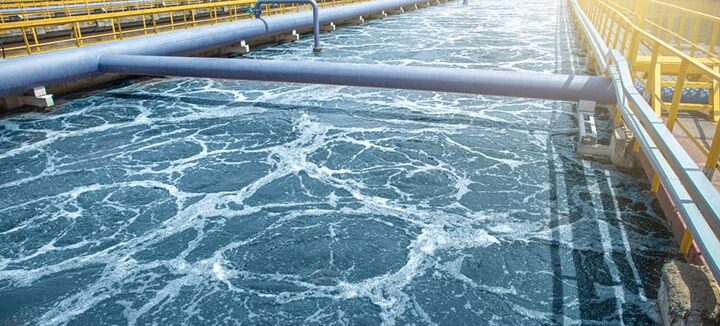
Thought Leadership from the
Experts in Microbial Testing
Industrial wastewater treatment

Improve your process with rapid, accurate and portable wastewater testing solutions
Is your process running at peak performance? Most wastewater operational challenges – bulking, upsets, excessive costs, and non-compliance – stem from inaccurate measurements of the true, living biomass in... Read More
Using 2nd Generation ATP® to perform wastewater process audits
After a 3-day audit using 2nd Generation ATP, multiple opportunities for process improvement were identified. The results allowed operators to take immediate same-day action. This audit was successful in... Read More
Case study: Diagnosing inefficient biological phosphorus removal
Diagnosing inefficient biological phosphorus removal By leveraging LuminUltra’s mail-in GeneCount services, a wastewater treatment plant was able to identify the underlying causes of poor biological phosphorus removal in one... Read More
Microbiologically influenced corrosion
Innovations in MIC monitoring: What we learned at AMPP’s annual conference
Our team had the pleasure of attending the 2023 AMPP Annual Conference + Expo in Denver, Colorado, where we showcased our latest innovation in addressing microbiologically influenced corrosion (MIC).... Read More
Why you should pay attention to biofilms: understanding the complexity of biofilms and their impact on systems
Discover the different types of microorganisms that can be found in biofilms, how they develop, and why they matter in this guest post from Dr. Fred Passman.... Read More
6 reasons why the GeneCount® qPCR Corrosion Collection transforms microbial monitoring in oil and gas systems
Microbial monitoring using qPCR technology helps operators to manage MIC risk and optimize corrective measures by having same-day identification and quantification of MIC-related microbes.... Read More
Marine
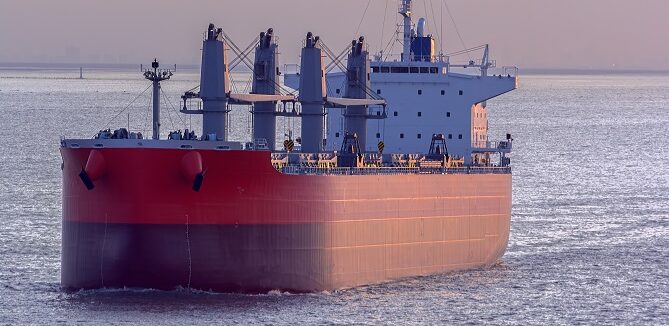
Ready for new ballast water regulations?
BQUA Plus test kit evaluation for a local port authority ballast water policy
What’s inside: Ballast water management policies are implemented to prevent the release of invasive and non-native species or pathogens to marine ecosystems from the discharge of untreated ballast water... Read More
BQUA PLUS validation for commissioning testing of ballast water management systems
What’s inside: Ballast tanks within ships are filled with water to provide stability during transportation of cargo. The ballast water that is discharged at the ship’s destination may carry... Read More
Case study: Validating your ballast water management system
What’s inside: Ballast water helps to stabilize ships during transport. It’s drawn in at a ship’s origin, along with local aquatic organisms and plants, and then discharged at its... Read More
Wastewater-based epidemiology
The future of wastewater surveillance and how it can protect public health
Experts from LuminUltra, Kando, the Israeli Ministry of Health, Ben-Gurion University of the Negev, and Royal Haskoning DHV discuss international perspectives on the future of wastewater surveillance.... Read More
Where next? Wastewater-based epidemiology as a tool for antimicrobial resistant pathogen surveillance
This webinar discusses research performed in collaboration with ChromaCode Inc. where wastewater extracts from the GeneCount® SARS-CoV-2 Wastewater Test Kit were analyzed for antimicrobial resistance markers using ChromaCode’s High... Read More
SARS-CoV-2 and the future of wastewater-based epidemiology
This article was first published in the March/April 2022 issue of Water & Wastewater Asia. Wastewater-based epidemiology is becoming more widely known as a tool in the fight against... Read More
Legionella
Validation of LuminUltra’s GeneCount® qPCR methods for rapid detection of Legionella species and Legionella pneumophila
What’s inside: LuminUltra’s GeneCount® LT qPCR solutions for Legionella species and Legionella pneumophila enables rapid and flexible measurement of Legionella in potable water sources, cooling water and building (premise plumbing)... Read More
Case study: Using qPCR to rapidly identify and mitigate Legionella risk in a large US college residence building
What’s inside: LuminUltra’s GeneCount® system was used to audit the residence building of a major US college campus that was suspected to harbour Legionella. Samples were collected from four... Read More
CDC-ELITE Lab Validation for LuminUltra’s GeneCount®
What’s inside: LuminUltra’s GeneCount ® qPCR solution was found to be 100% accurate at identifying Legionella species and Legionella pneumophila from blind samples prepared for proficiency testing at CDC... Read More
Industrial process water
How to Elevate Your Biocide Control with a Modern Microbial Toolkit
Join us to learn how to effectively mitigate microbiological threats in industrial processes. Uncover new techniques to optimize biocide programs through advanced technologies like ATP, qPCR, and NGS... Read More
Case study: How Ford Valencia cut its biocide consumption by 58% with 2nd Generation ATP testing
Learn how Ford Valencia Body & Assembly in Valencia, Spain, optimized its biocide treatment program and cut biocide consumption by 58% through the use of 2nd Generation ATP testing.... Read More
Using ATP to Rapidly Identify Sources of Microbial Contamination in an Electrodeposition Coating Process
What’s inside: A popular automotive manufacturer had been experiencing issues associated with recurring microbial contamination of its electrodeposition (ED) coating bath, causing issues to the undercoat requiring manual polishing... Read More
Microbial source tracking
Protecting our waterways: how to leverage Microbial Source Tracking for fecal contamination management
Learn how to design and implement effective practices to control fecal contamination and improve water quality with Microbial Source Tracking.... Read More






